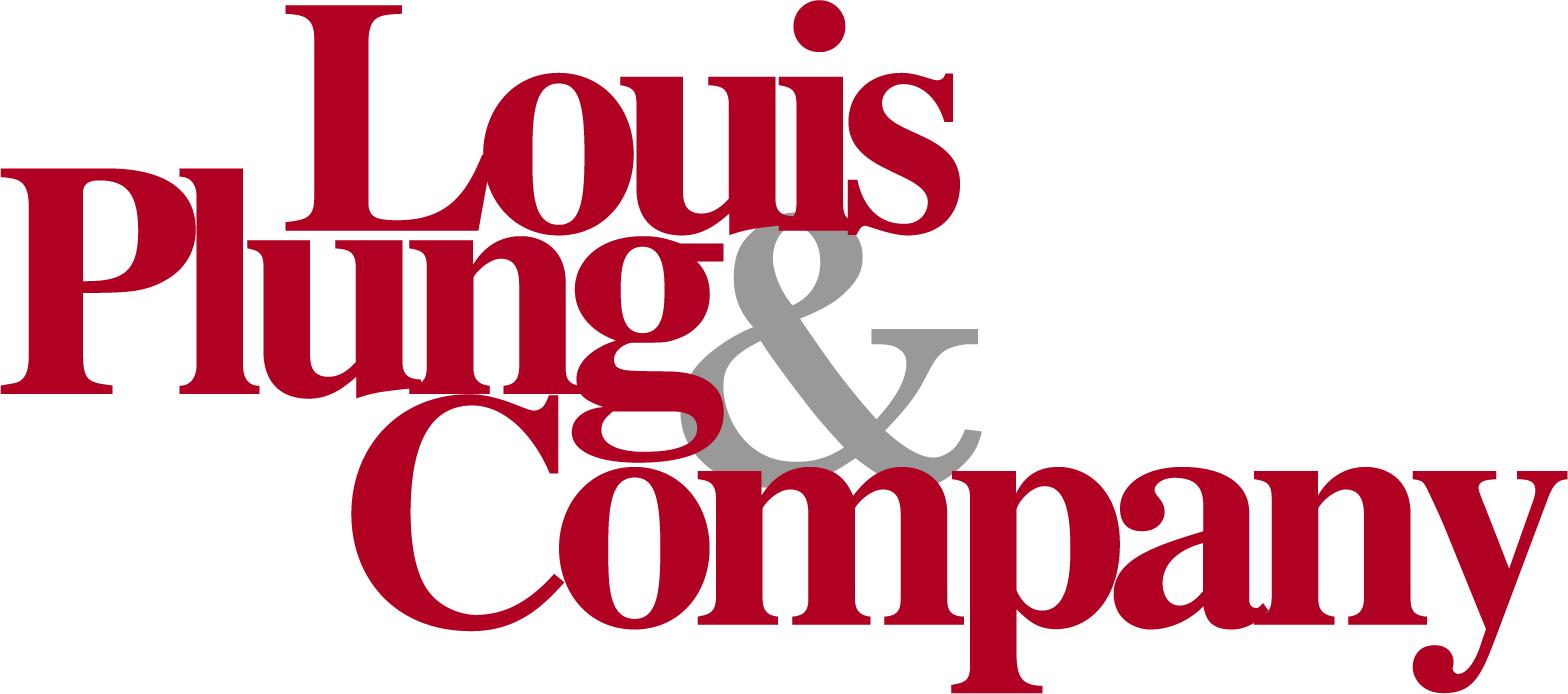Expansion of the Qualified Small Business Payroll Tax Credit for Increasing Research Activities

A lesser-known provision of The Inflation Reduction Act of 2022 is to increase the payroll tax liability offset by research and development (R&D) tax credits for qualified small businesses. Such businesses are usually start-up companies with a history of operating losses.
The maximum amount of payroll tax credit that a qualified small business can claim will increase from $250,000 to $500,000 beginning with tax year 2023. Additionally, the credit can now apply to the employer’s Medicare payroll tax of 1.45% in addition to the Social Security Tax. Since this credit offsets payroll taxes, even unprofitable start-up businesses can reduce their tax burden and improve cash flow.
For purposes of electing the payroll tax credit, a qualified small business must be a corporation (including an S corporation) or partnership with:
- Gross receipts of less than $5 million for the tax year, and
- No gross receipts for any tax year preceding the 5-year period ending with the tax year (meaning that the business must have been in existence for less than five years)
If a corporation or partnership does not meet both these tests, it may still be eligible to claim the credit against corporate income tax liability, or in the case of a pass-through entity such as an S corporation, partnership, or limited liability company, as a credit against personal federal income tax liability of the pass-through entity owner(s).
In this situation, a business has the option to calculate the R&D credit under either the regular research calculation method or by utilizing the alternative simplified credit method. Under the regular research calculation method, a credit may be claimed on 20% of a company’s current year qualified research expenses (QREs) over a base amount. This approach can be complicated because in order to calculate the credit, businesses need the average annual gross R&D receipts over the prior four tax years.
Under the alternative simplified credit method, gross receipts aren’t required as a component of the R&D tax credit calculation; rather the calculation looks at qualified research expenses over the previous three year period. The average qualified research expenses for the prior three years are multiplied by 50%, and then half of that amount is subtracted from current year QREs. The result is then multiplied by 14% to calculate the current year credit. Under certain scenarios, the alternative simplified method may even allow businesses that are ineligible under the regular credit method to qualify for the R&D credit.
IRS Enforcement Activities
Regardless of length of time in business, business size, and method used to calculate the R&D credit, companies should be wary of firms aggressively marketing R&D credit claims and offering to charge a fee based on a percentage of the credit claimed. The IRS has been tracking firms aggressively claiming credits and is cracking down on amended tax returns including sometimes inflated refund claims.
If it sounds too good to be true, it just may be. It is best to have qualified, trusted professionals evaluate your qualifications for tax credits. Be wary of firms with little expertise in the R&D area and that ask few questions about what type of research activities were conducted, the individuals who performed each research activity, and the information each individual sought to discover.
Incomplete studies may result in inquiries from the IRS seeking clarification and additional information. If the IRS judges the study as inadequate, the taxpayer could face a possible audit including assessment of penalties.
Please contact your Louis Plung advisor with any questions or email [email protected].




